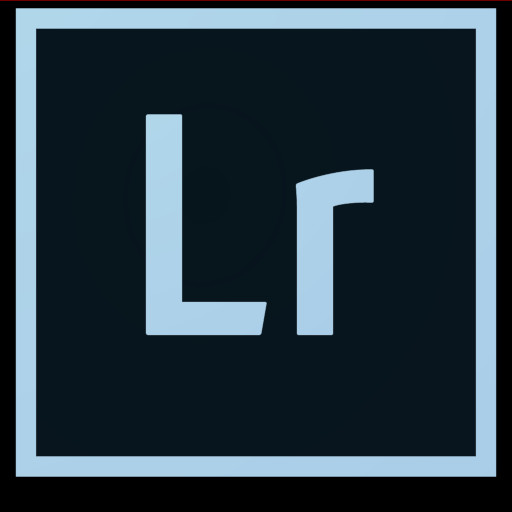With apologies to the bard.
October 2019
Most advanced digital photographers shoot in RAW. The advantages of using RAW format are well documented in the literature. However, the question “What is the best RAW converter?” often comes up. As is often the case, the answer is “It depends”. It is even more complicated because things keep changing. Photo processing software is in a constant state of evolution.
There is a view that Adobe, the market leader in photo processing software, is inhabited by Canon shooters and therefore, LR (Lightroom) and ACR (Adobe Camera Raw) are in some sense optimised for Canon RAW files. Even if that is not the case, given that Canon is the market leader in ILC’s (Interchangeable Lens Cameras), it’s completely logical that Adobe would be able to handle Canon files very well. Further, given the market position of Nikon, it’s not surprising that Adobe would make sure that LR and ACR can handle Nikon RAW files as well. But what if you don’t use Canon or Nikon cameras?
On March 19, 2019, Thom Hogan published an article on his website, sansmirror.com, entitled “Is There a Preferred RAW Converter?” (http://www.sansmirror.com/newsviews/is-there-a-preferred-raw.html). In this article the authour provides the following list of his recommended RAW converters:
| Canon | Adobe |
| Fujifilm | Iridient Developer |
| Nikon | Capture NX-D or Adobe |
| Olympus | DxO PhotoLab 2 |
| Panasonic | DxO PhotoLab 2 |
| Sony |
Capture One
|
On July 24, 2019, Robin Whalley published an article on his website, lenscraft.co.uk, entitled “RAW Format Photography for Maximum Quality” (https://lenscraft.co.uk/photo-editing-tutorials/tutorial-understanding-raw-format-photography/). The article includes a link to a video entitled “Tricked into Changing Cameras” in which Whalley relates that over the years he has sold cameras that he believed were providing poor image quality. He had used LR and ACR to perform the RAW conversions. More recently, he used DxO Photolab 2 to open the same RAW files and found the image quality was very good after all.
So, if you don’t use Canon or Nikon what do you do? If you are like me and have spent years learning LR and PS (Photoshop) you likely don’t want to switch to another photo editor and face another steep learning curve. In addition, there is the license fee for the recommended software. I use Olympus cameras. The recommended software is DxO Photolab 2. The license fee is US$129.99.
At the conclusion of his article, Hogan wrote “there’s something to be said for choosing a converter that fits your workflow and sticking with it. Moreover, choose one that has plenty of tutorial instruction and instructor support”. For most photographers, that means Adobe software products.
What is the next step if any? Since I use Olympus cameras, I can install the trial version of DxO Photolab 2. I can open some .ORF (Olympus Raw File) files using that product and export them in .TIFF format. I’ll compare them to the same files opened directly using LR and see if there is an appreciable difference.
If I believe there is a significant improvement in the conversion of Olympus RAW files, I will need to consider whether a change to DxO Photolab 2 would be worthwhile. More likely, I’ll devise a way to integrate the DxO product into my post processing workflow and continue to use PS and LR for photo editing.
Jim Spurgeon
